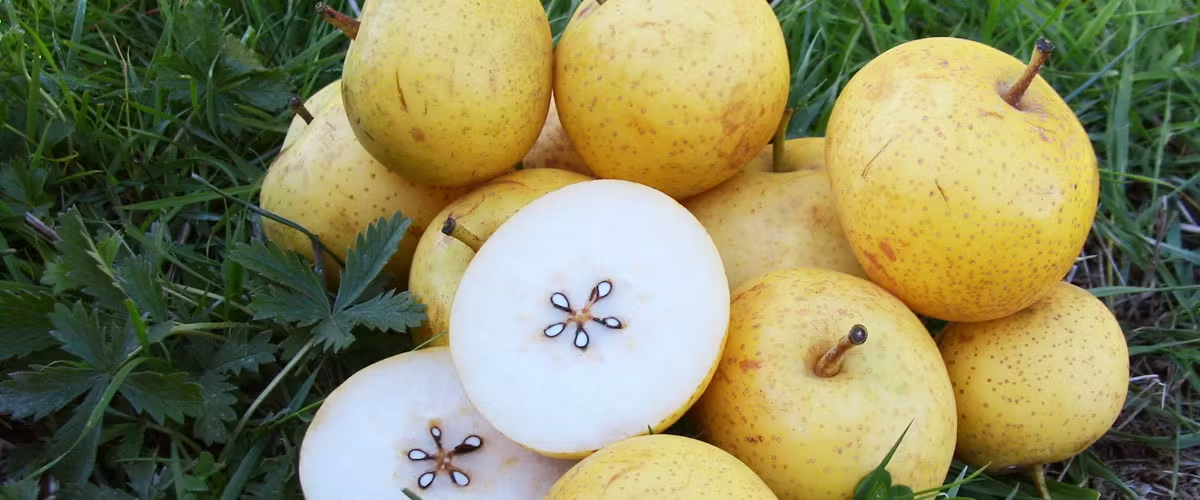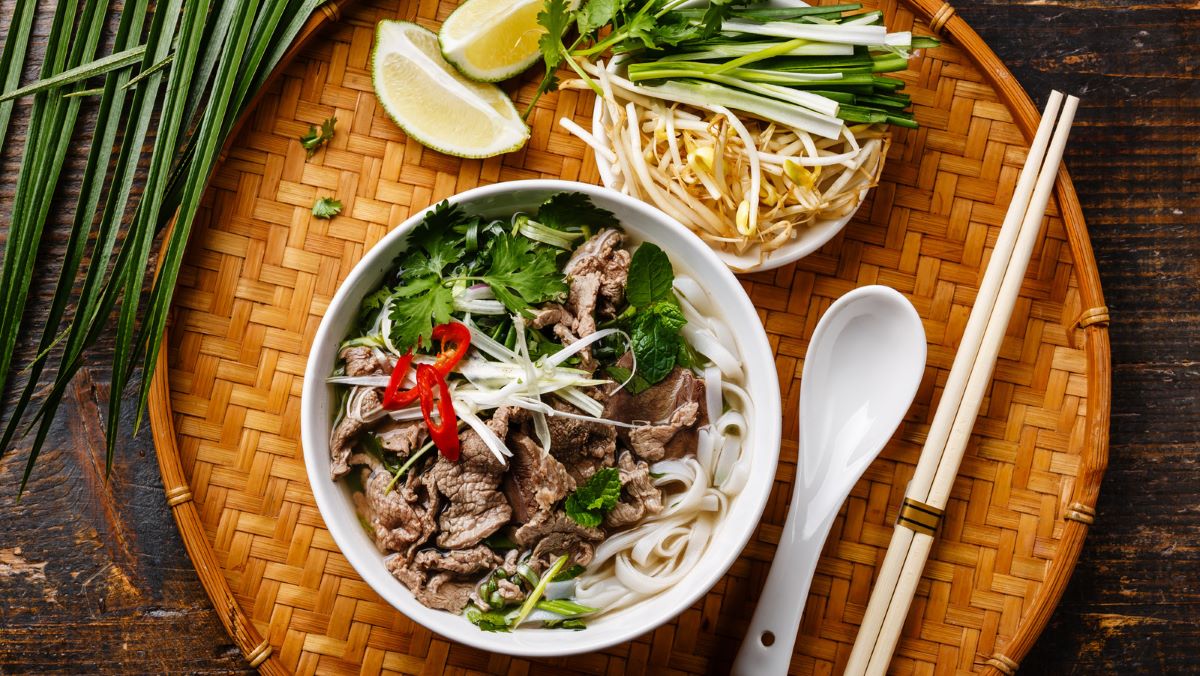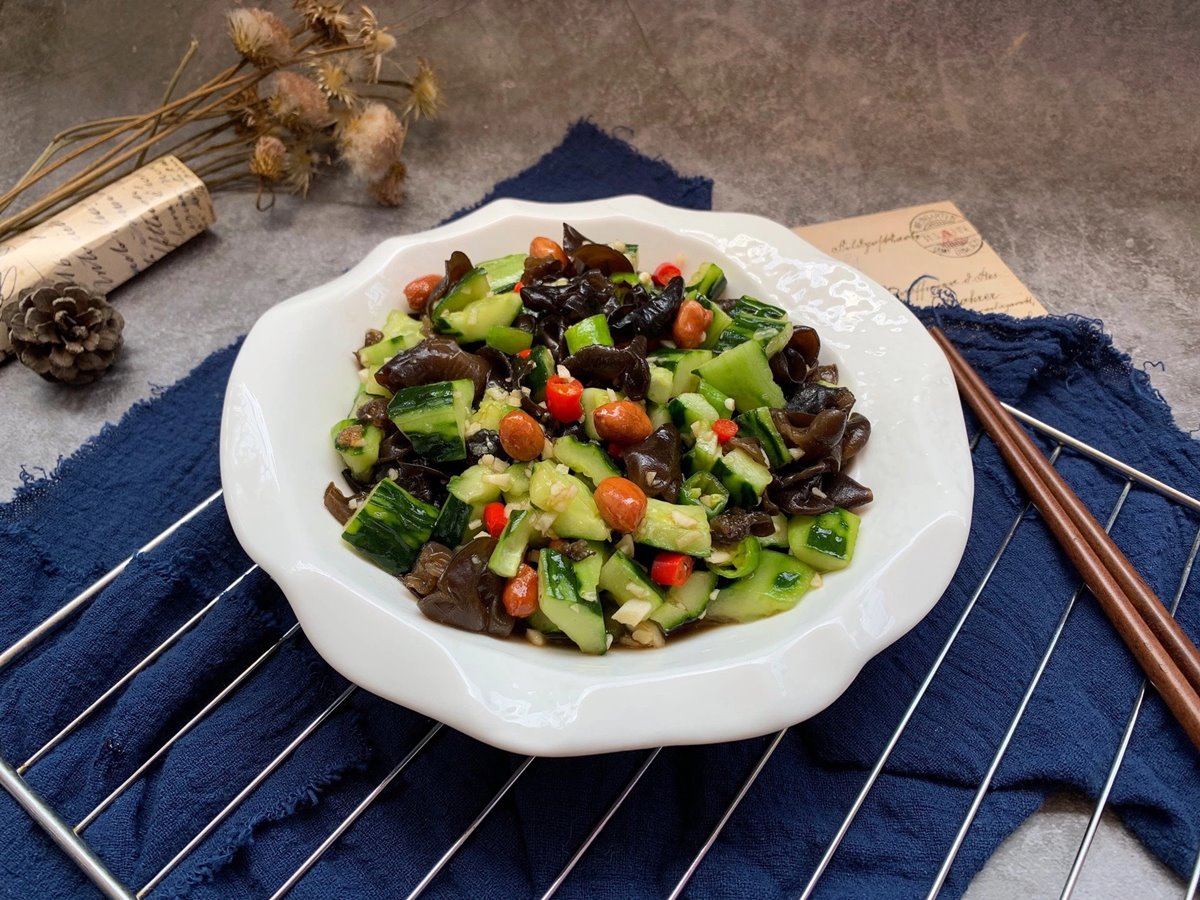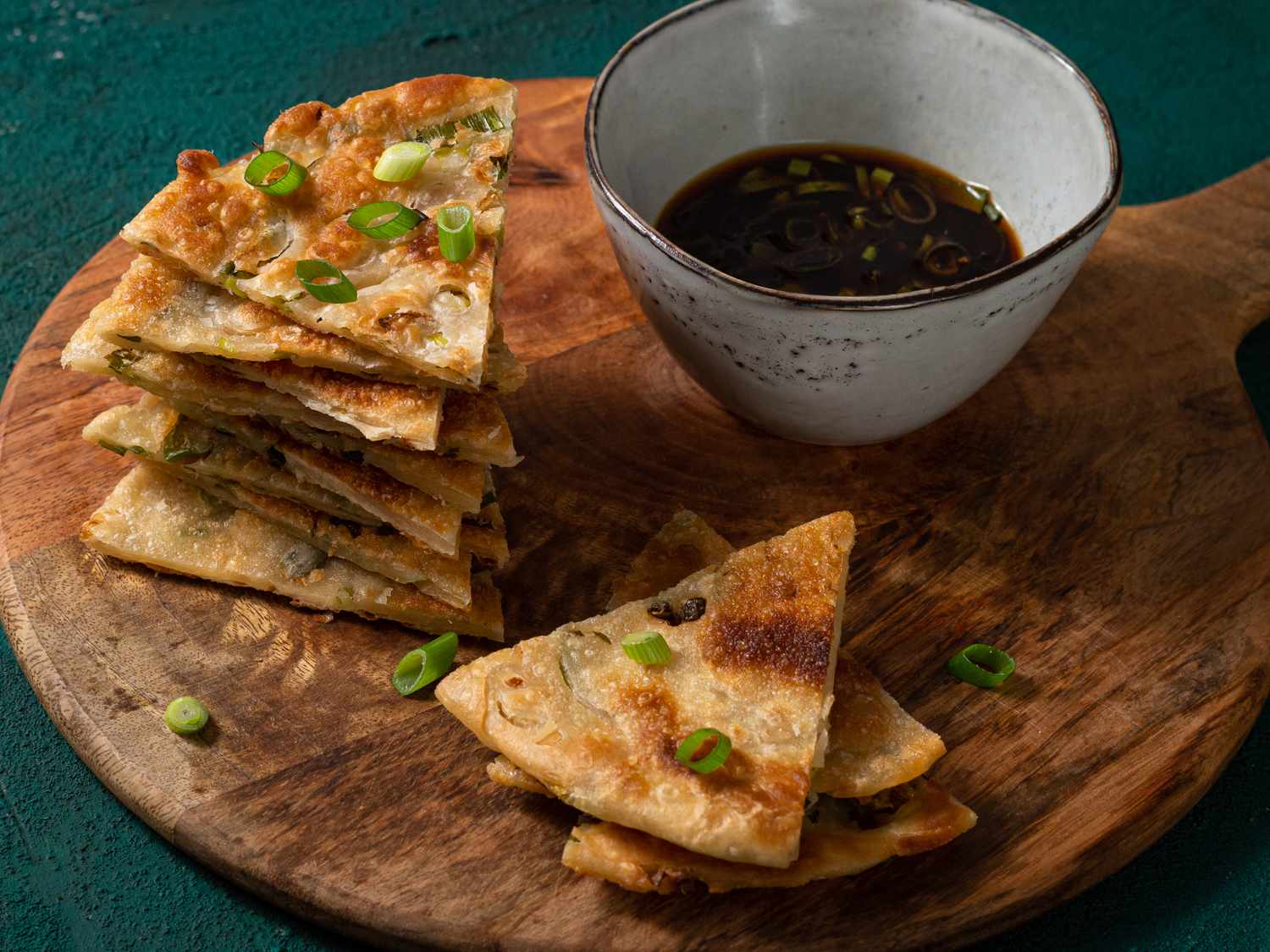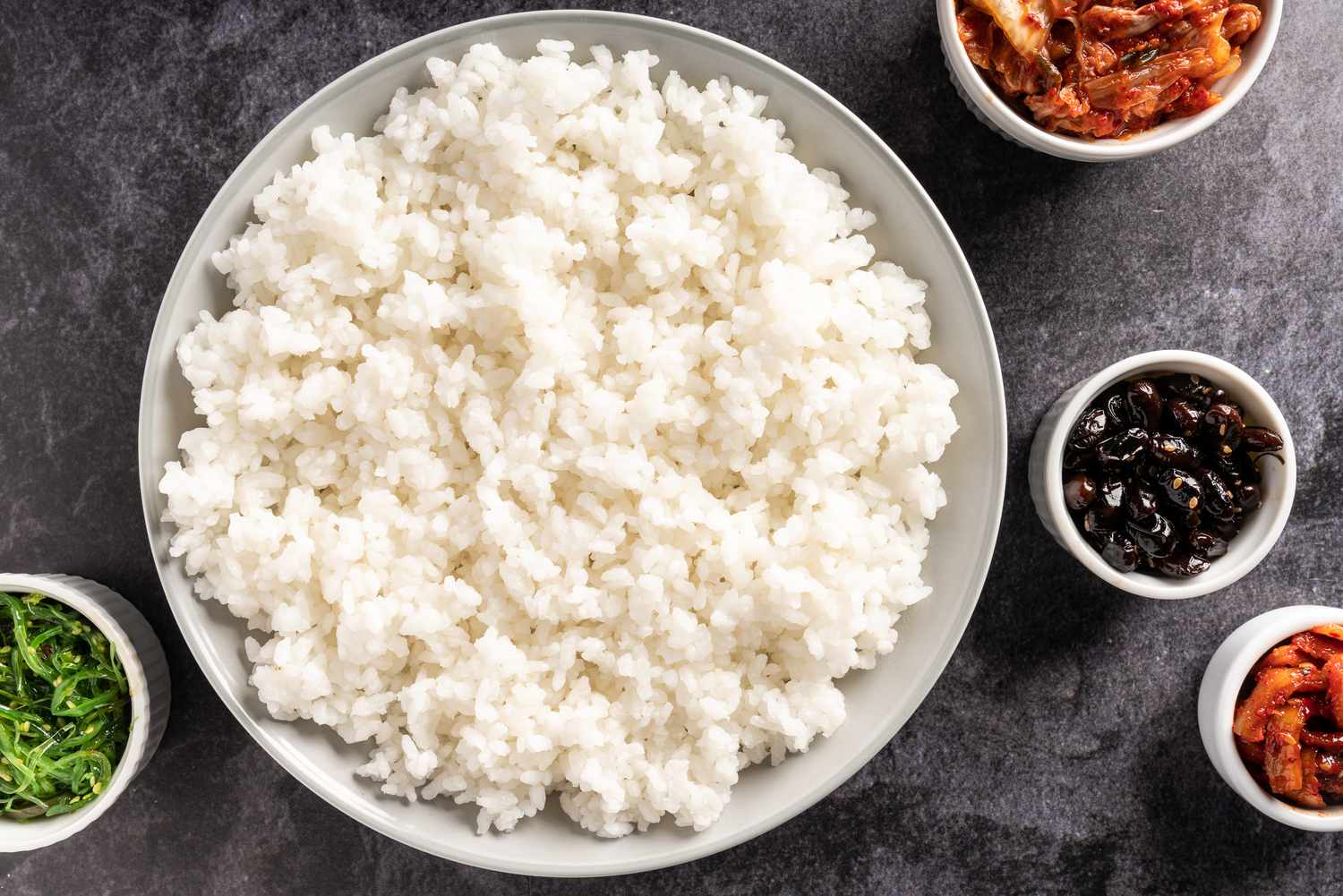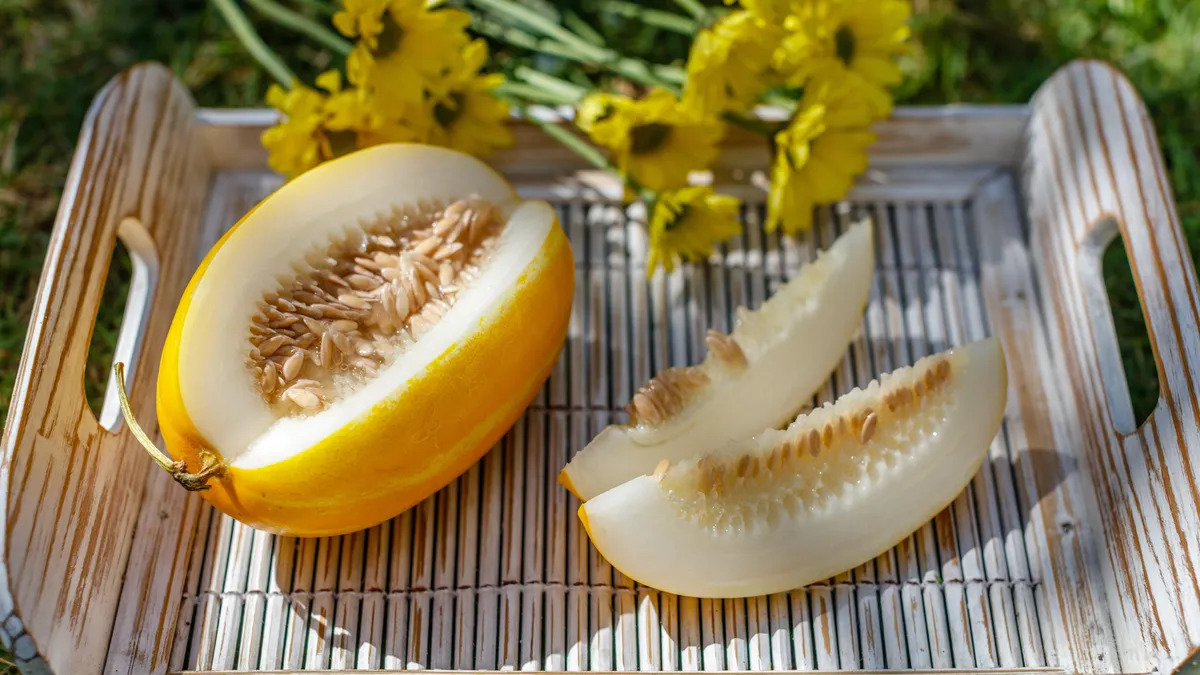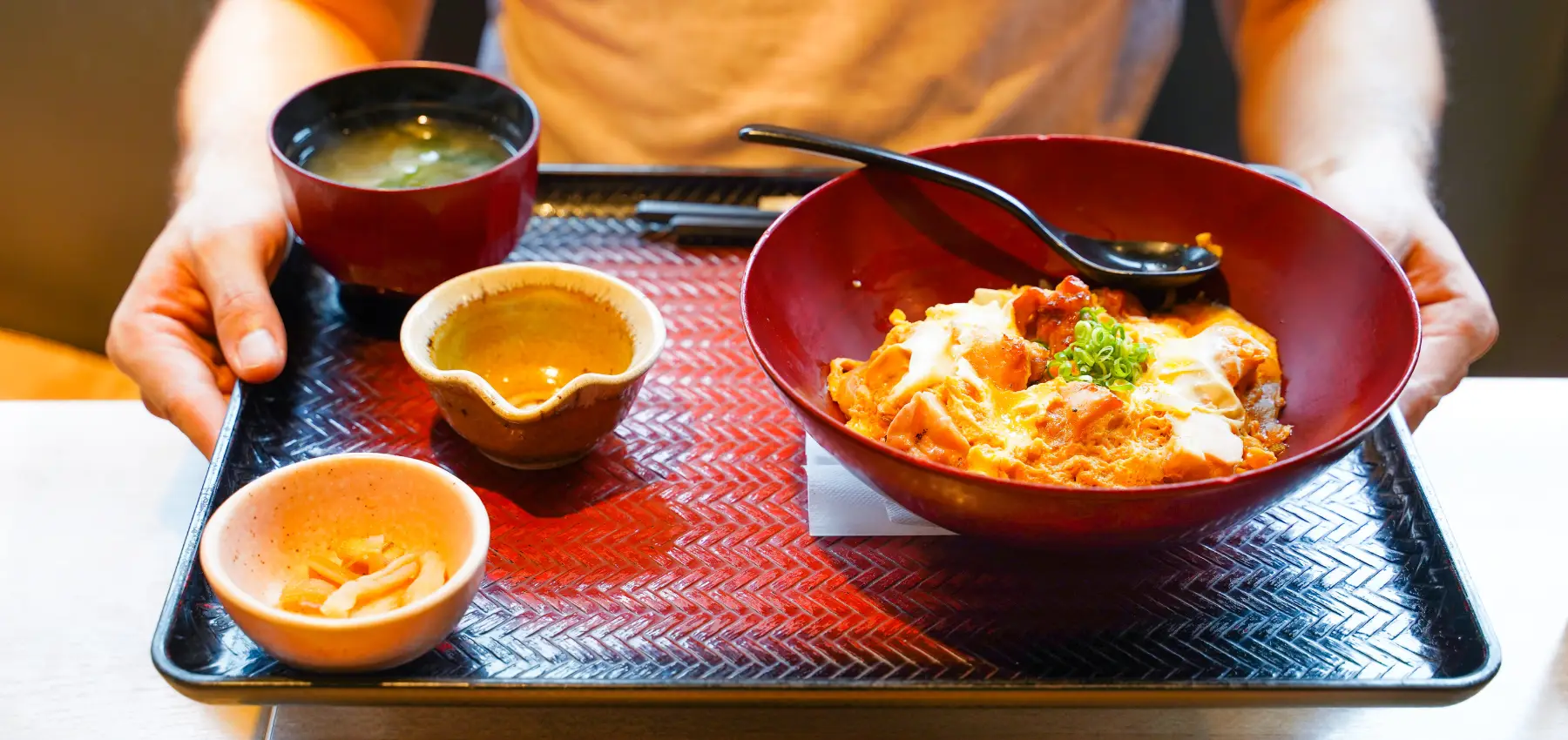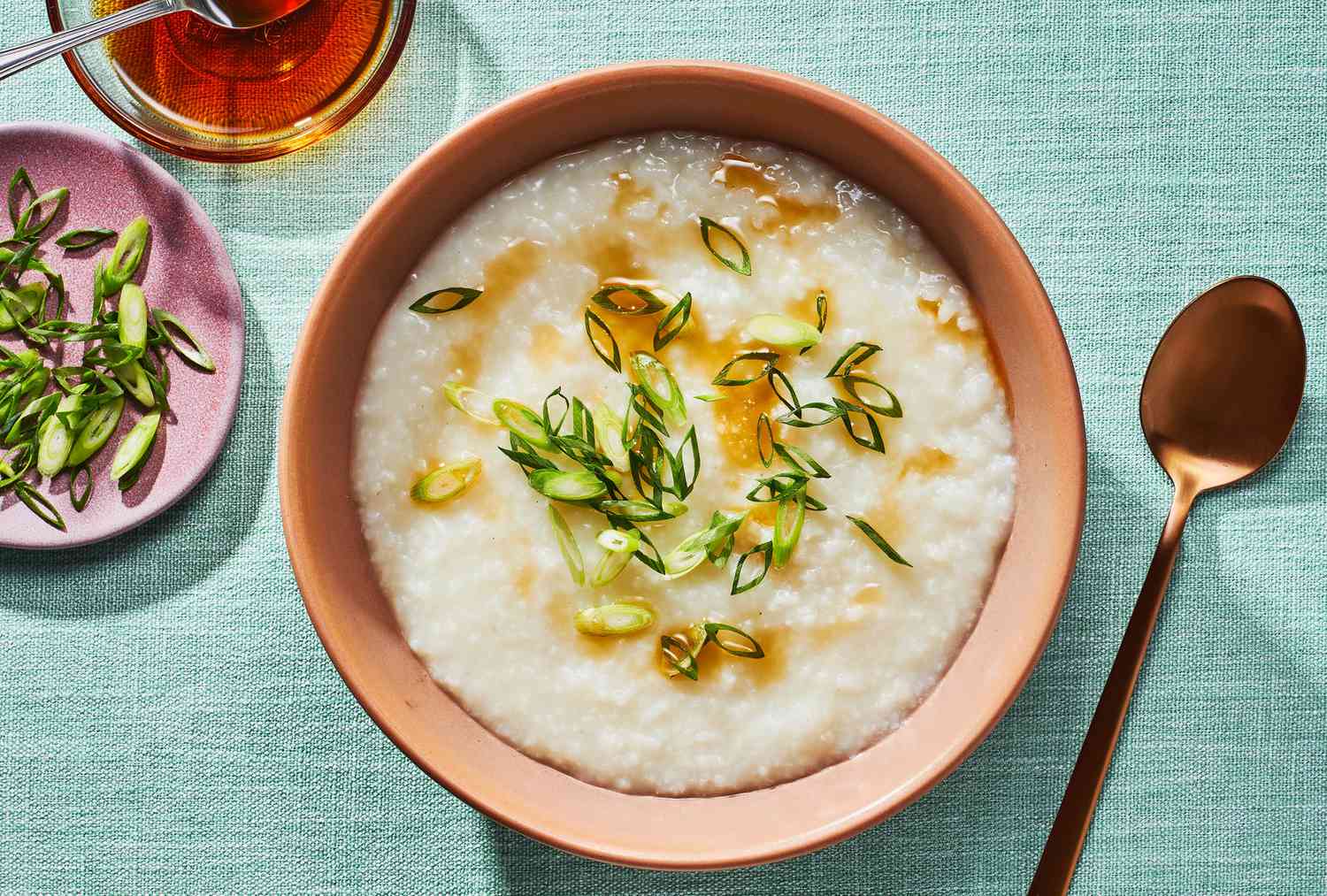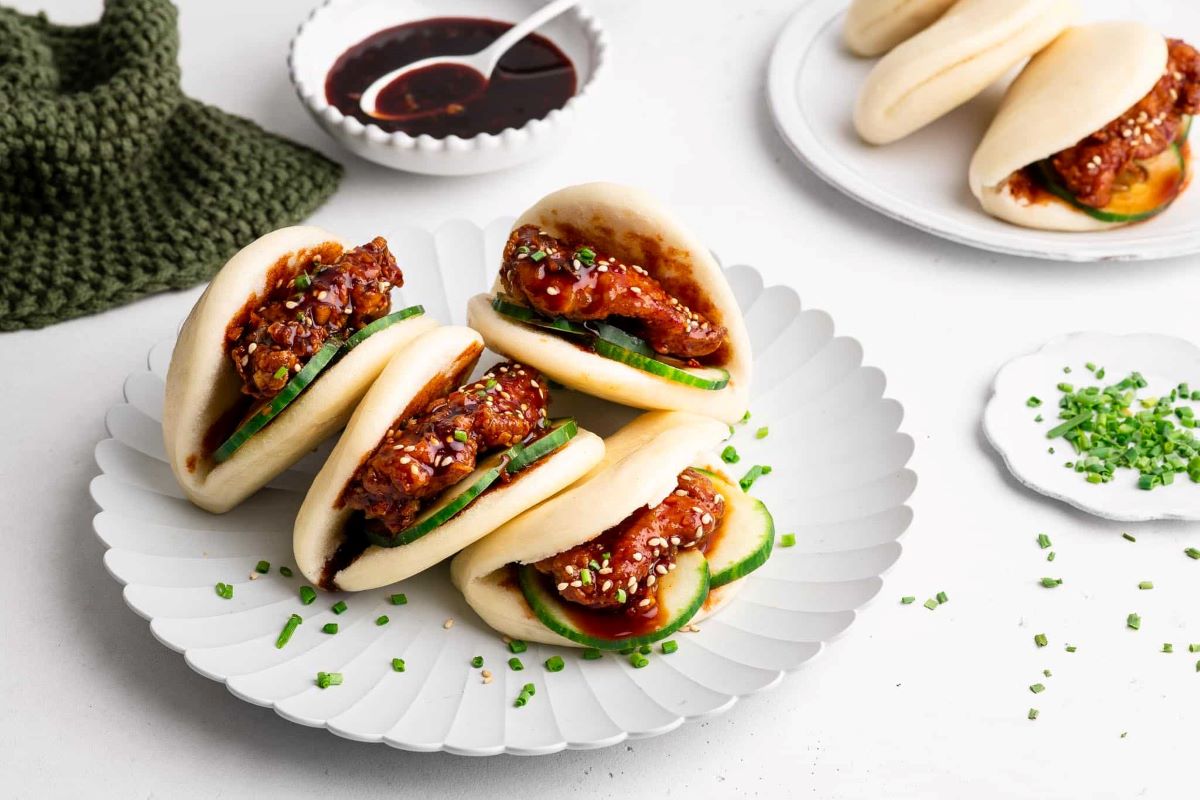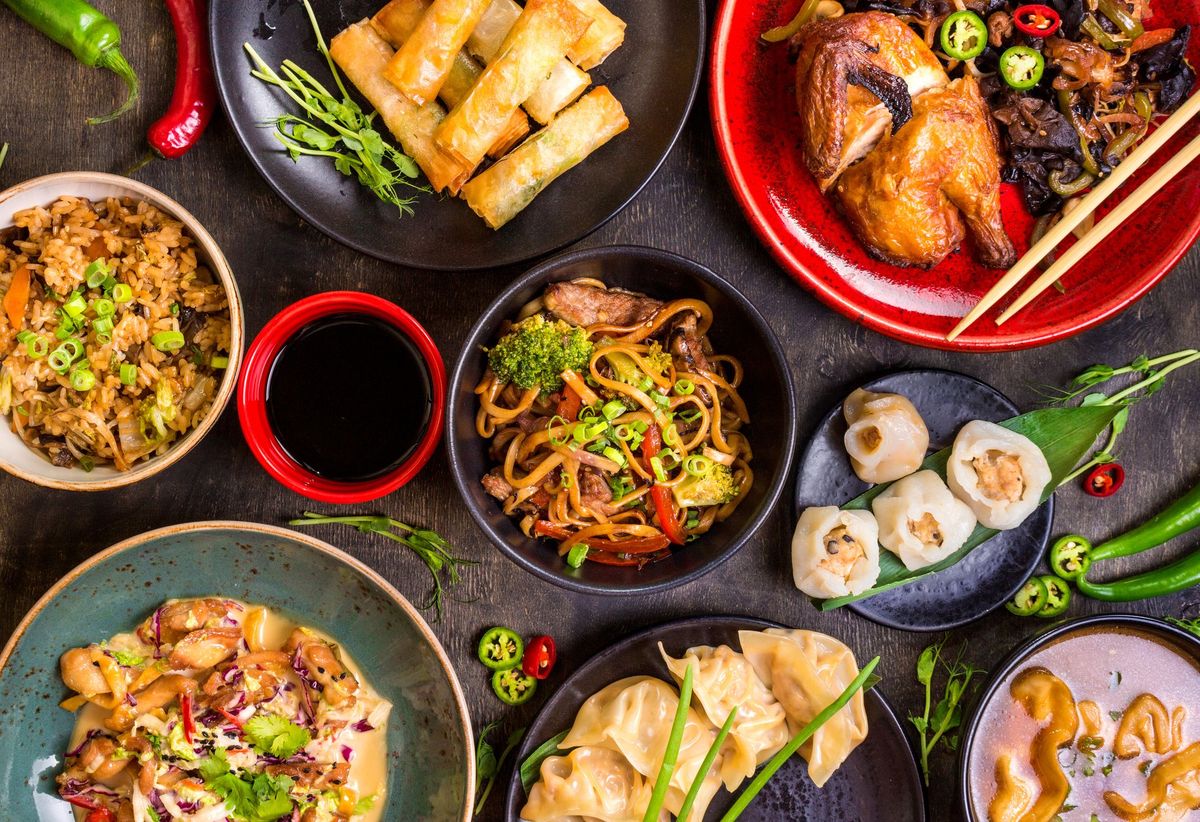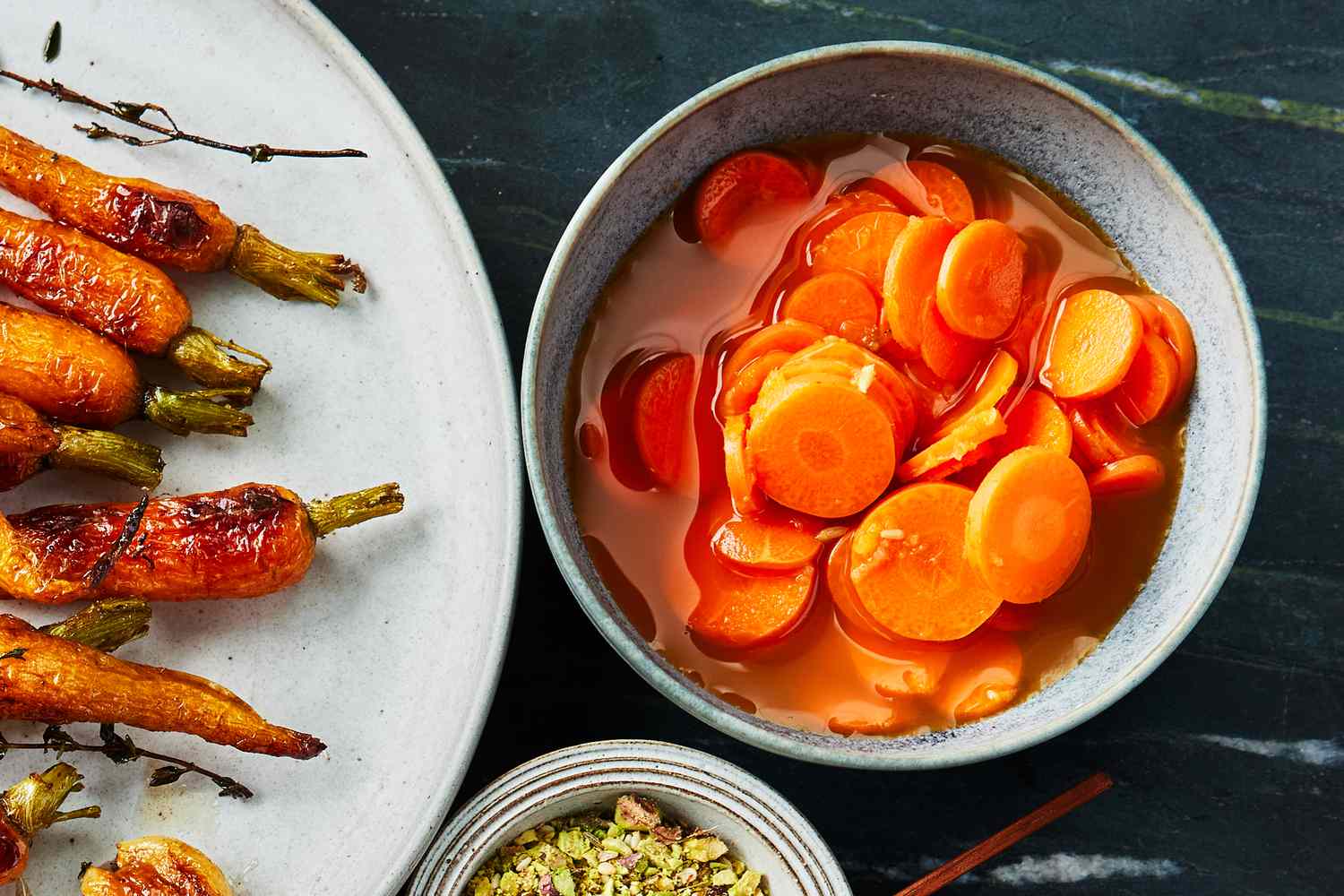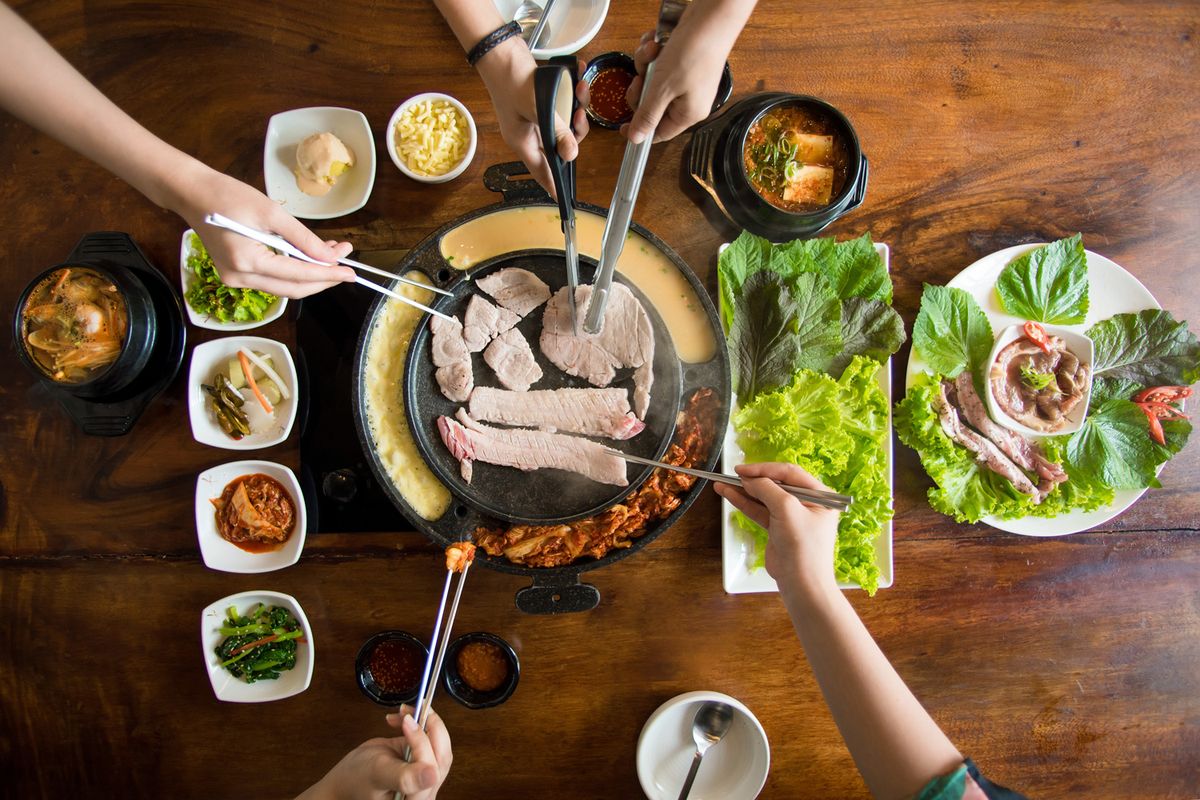Discover the Art of Asian Dining
Asian cuisine is renowned for its diverse flavors, vibrant colors, and unique dining customs. From the bustling street food stalls of Bangkok to the elegant tea houses of Japan, the continent offers a rich tapestry of culinary experiences. If you’re eager to explore the art of Asian dining, here are some tips to help you savor the flavors and embrace the traditions.
Embrace the Variety
One of the most exciting aspects of Asian cuisine is its incredible diversity. Each region boasts its own distinctive culinary traditions, ingredients, and cooking techniques. Whether you’re indulging in the fiery spices of Sichuan cuisine or savoring the delicate flavors of Vietnamese pho, there’s a world of taste sensations to explore.
Master the Chopsticks
Chopsticks are a ubiquitous utensil across many Asian cultures. While mastering the art of using chopsticks may seem daunting at first, with a bit of practice, you’ll soon find yourself adept at picking up even the most slippery of noodles. Remember to never stick your chopsticks upright in a bowl of rice, as this resembles a funeral ritual in some Asian cultures.
Share and Connect
Many Asian dining traditions emphasize the communal aspect of eating. In countries like China and Thailand, it’s common for dishes to be placed in the center of the table for everyone to share. This fosters a sense of connection and togetherness, making the dining experience a social and interactive affair.
Appreciate the Ritual of Tea
Tea holds a special place in Asian culture, with elaborate tea ceremonies being a revered tradition in countries such as Japan and China. Take the time to appreciate the ritual of preparing and serving tea, and savor the delicate flavors and aromas as you partake in this time-honored custom.
Explore Street Food Culture
For a truly authentic culinary experience, immerse yourself in the vibrant street food culture that thrives across Asia. From steaming bowls of noodles to sizzling skewers of meat, the bustling street markets offer a tantalizing array of flavors and aromas that will awaken your senses.
Respect Cultural Etiquette
When dining in Asian countries, it’s important to be mindful of cultural etiquette. For example, in Japan, it’s customary to say “itadakimasu” before a meal to express gratitude, and “gochisousama deshita” after finishing to show appreciation to the host. Taking the time to understand and respect these customs will enrich your dining experience.
Indulge in Dim Sum Delights
Dim sum, a style of Chinese cuisine that features small, bite-sized portions served in steamer baskets or on small plates, is a beloved culinary tradition. Head to a bustling dim sum restaurant and delight in a leisurely feast of dumplings, buns, and other delectable treats, all while enjoying the lively ambiance and the clatter of teacups.
Appreciate the Balance of Flavors
Asian cuisine is celebrated for its harmonious balance of flavors, often combining sweet, sour, salty, and spicy elements in a single dish. Take the time to appreciate the complexity of flavors in each bite, and savor the way they come together to create a truly memorable dining experience.
Conclusion
Exploring the culinary traditions of Asia is a journey of discovery and delight. By embracing the variety, customs, and flavors of Asian dining, you’ll gain a deeper understanding and appreciation for the rich tapestry of culinary heritage that the continent has to offer. So, grab your chopsticks and get ready to embark on a gastronomic adventure that will tantalize your taste buds and nourish your soul.
